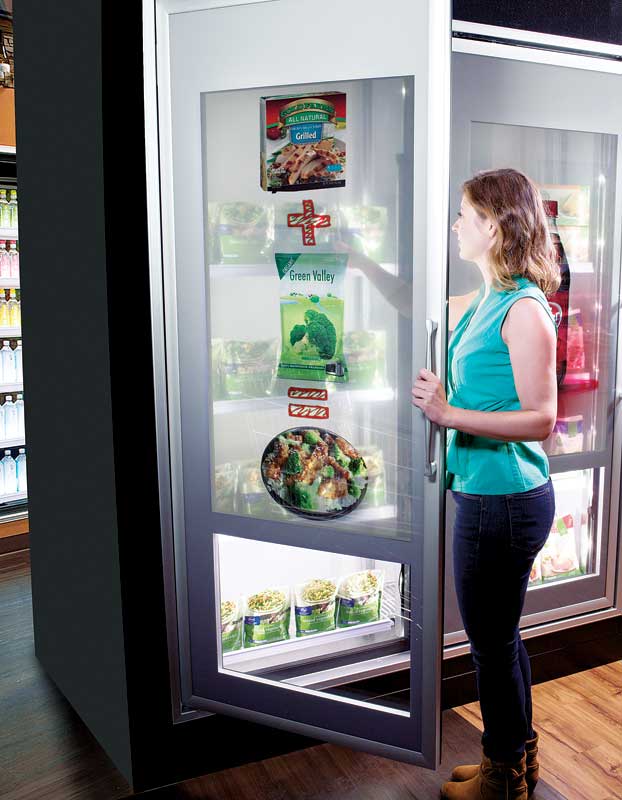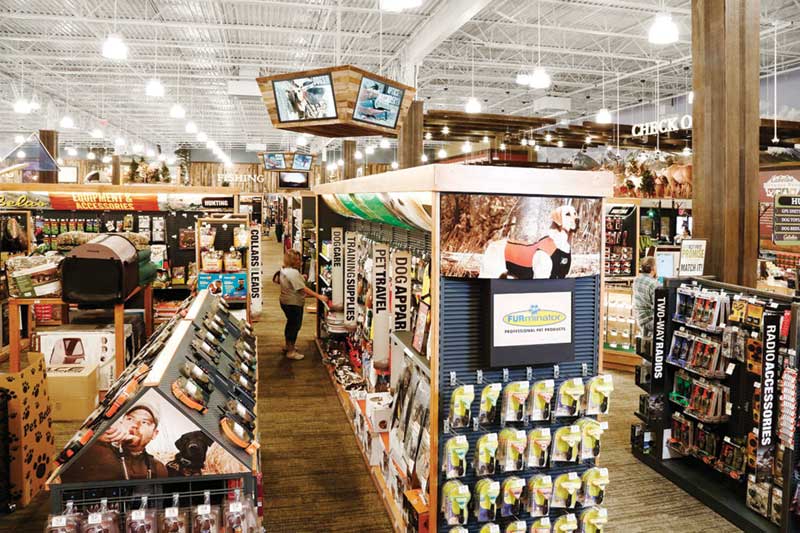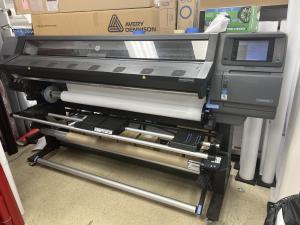Digital Signage: Becoming a trusted integrator

By Ken Goldberg
Digital signage has evolved significantly. In its earliest days, updates were manual and costly. Systems offered low compliance and low reliability. Screens were not networked and the reach and impact of their content was not measurable.
With the automation of digital signage and the development of medium-specific software, compliance and reliability were improved. Screens were networked and audience measurement became possible. Costs remained high.
Today, reliability is higher still. Cloud-based services have improved measurability and helped reduce overall costs. In turn, the adoption of digital signage has grown and accelerated further.
Static signage still matters too, of course. While digital signage has answered many challenges, it is not suitable for all of them. There are and always will be many different formats for signage, including printed posters that can be installed at the individual store level by employees, in contrast to centrally managed digital signage content.
That said, there is still more for digital signage to do. Content, for example, can become more timely and relevant through proximity marketing, more finely targeted ads, triggered content and well-curated data feeds. Media players, meanwhile, will continue to become smaller, faster and less expensive.
Software, too, will become commoditized. As the scale of digital signage networks continues to increase, the costs of providing software-as-a-service (SaaS) are falling. In short, the capabilities of the technology are soaring while the costs of implementation and operation continue to drop.
Both small and large digital signage customers are looking to outsource several key functions relating to their networks, including (a) the creation and management of content and (b) the management and monitoring of their networks. Each of these functions represents an opportunity for sign shops.

Photo courtesy NEC Display Solutions
Service-oriented signage
Retail stores and restaurants are especially opportunity-rich environments. Chains want to see incremental sales improvements, while independent businesses seek to break through to new customers. Adoption rates of digital signage in these markets are soaring, creating an air of inevitability and necessity, particularly as customers come to expect to see screens in use.
Lower price points and proven case studies are also making it easier for these businesses to adopt digital signage. There are now many successful examples of promotional retail screens, menu boards, ambient content, video walls, interactive displays, drive-thru boards, wayfinding, assisted selling, tabletop and countertop displays, corporate communications
and training.
Signmakers can uncover many new opportunities in this field by thinking like a customer when visiting retail and food-service establishments and considering what works, what doesn’t and where digital signage content could be of assistance.
As a signage provider, it is also important to listen to existing clients for various cues, such as “I wish we could …” or “If only we could ….” Acting in a consultative role, signmakers should ask these clients what they are trying to achieve, how they are measuring success and what their own customers and, for that matter, competitors are telling them.






